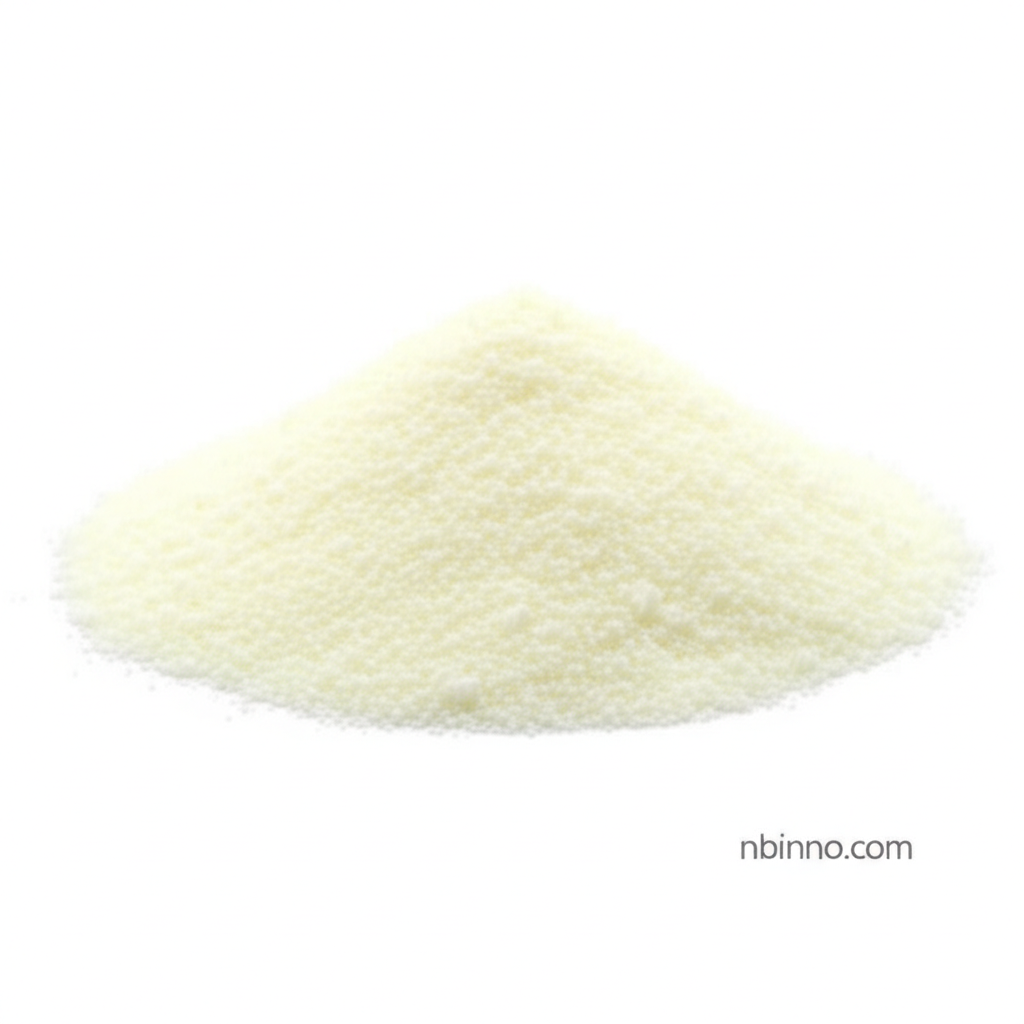4-Butyl-4'-hydroxyazobenzene: A Versatile Organic Intermediate for Advanced Material Synthesis
Explore the chemical properties and diverse applications of this key organic compound for your next breakthrough.
Get a Quote & SampleProduct Core Value

4-Butyl-4'-hydroxyazobenzene
This organic compound serves as a crucial chemical intermediate, known for its potential in material science due to its unique photochromic and liquid crystalline properties. Its molecular structure, featuring an azo group and a phenolic hydroxyl group, makes it a valuable building block for various advanced organic syntheses and the development of novel materials.
- Discover the versatility of 4-Butyl-4'-hydroxyazobenzene synthesis pathways.
- Explore the diverse 4-Butyl-4'-hydroxyazobenzene applications in material science.
- Learn about the principles behind photochromic azo compounds and their potential.
- Understand the characteristics of liquid crystalline azo compounds for innovative technologies.
Key Advantages
Synthesis Versatility
Leveraging established organic synthesis techniques, the preparation of this compound is relatively straightforward, starting from common precursors, which is crucial for efficient production and accessibility for research into organic synthesis intermediates.
Material Innovation Potential
The compound's inherent photochromic and liquid crystalline behaviors offer exciting avenues for developing new materials, supporting research into advanced organic synthesis applications.
Building Block for Complex Molecules
With its reactive azo group and phenolic hydroxyl, it functions as a key component in azo coupling reactions, enabling the creation of more complex molecules for various chemical needs.
Key Applications
Chemical Intermediates
As a key chemical intermediate, it's vital for synthesizing a range of downstream products in various chemical industries, contributing to the broader field of organic synthesis.
Photochromic Materials
Its reversible light-induced color changes make it a prime candidate for developing advanced photochromic materials used in optical data storage and smart materials, an area of active research within material science.
Liquid Crystal Research
The observed liquid crystalline behavior opens doors for its use in new liquid crystal materials, potentially impacting display technologies and other advanced material applications.
Dye Synthesis
The compound's vibrant color properties and stability make it suitable for applications in dye synthesis, further broadening its utility within the chemical sector.
